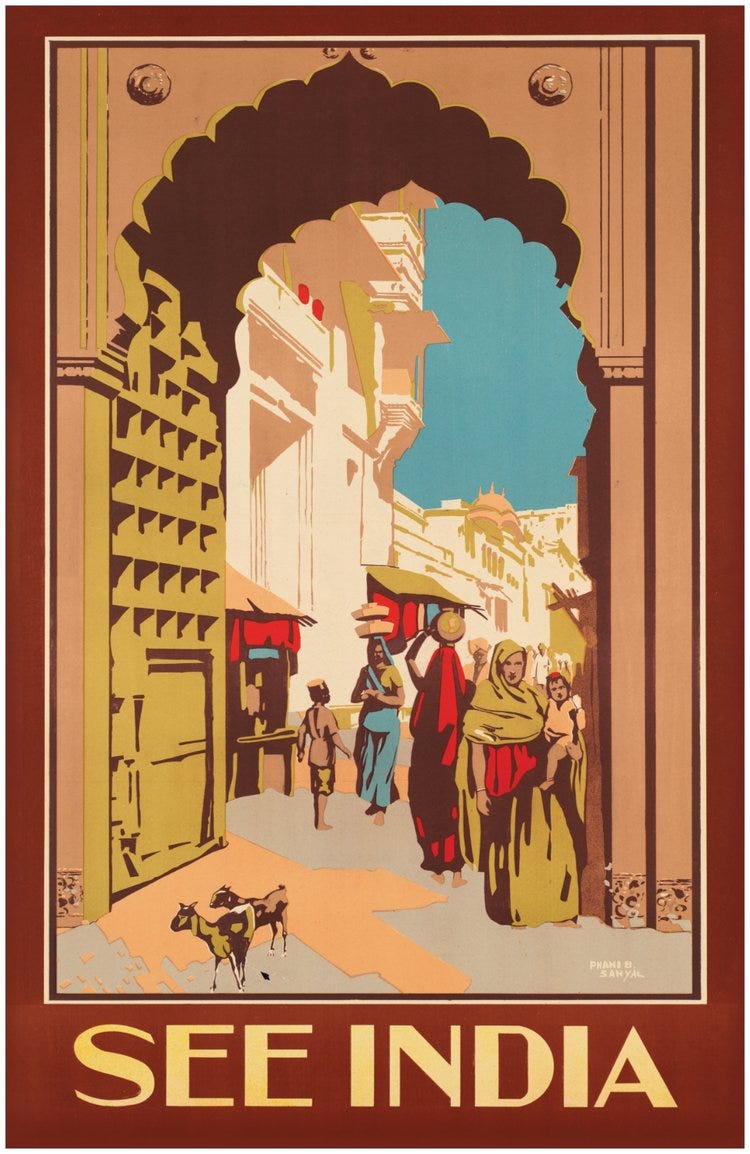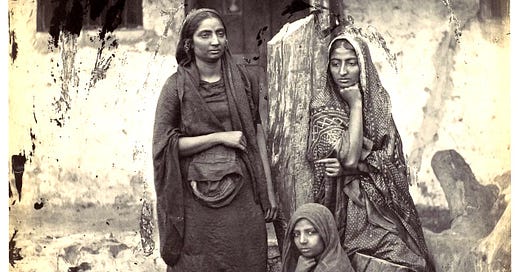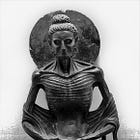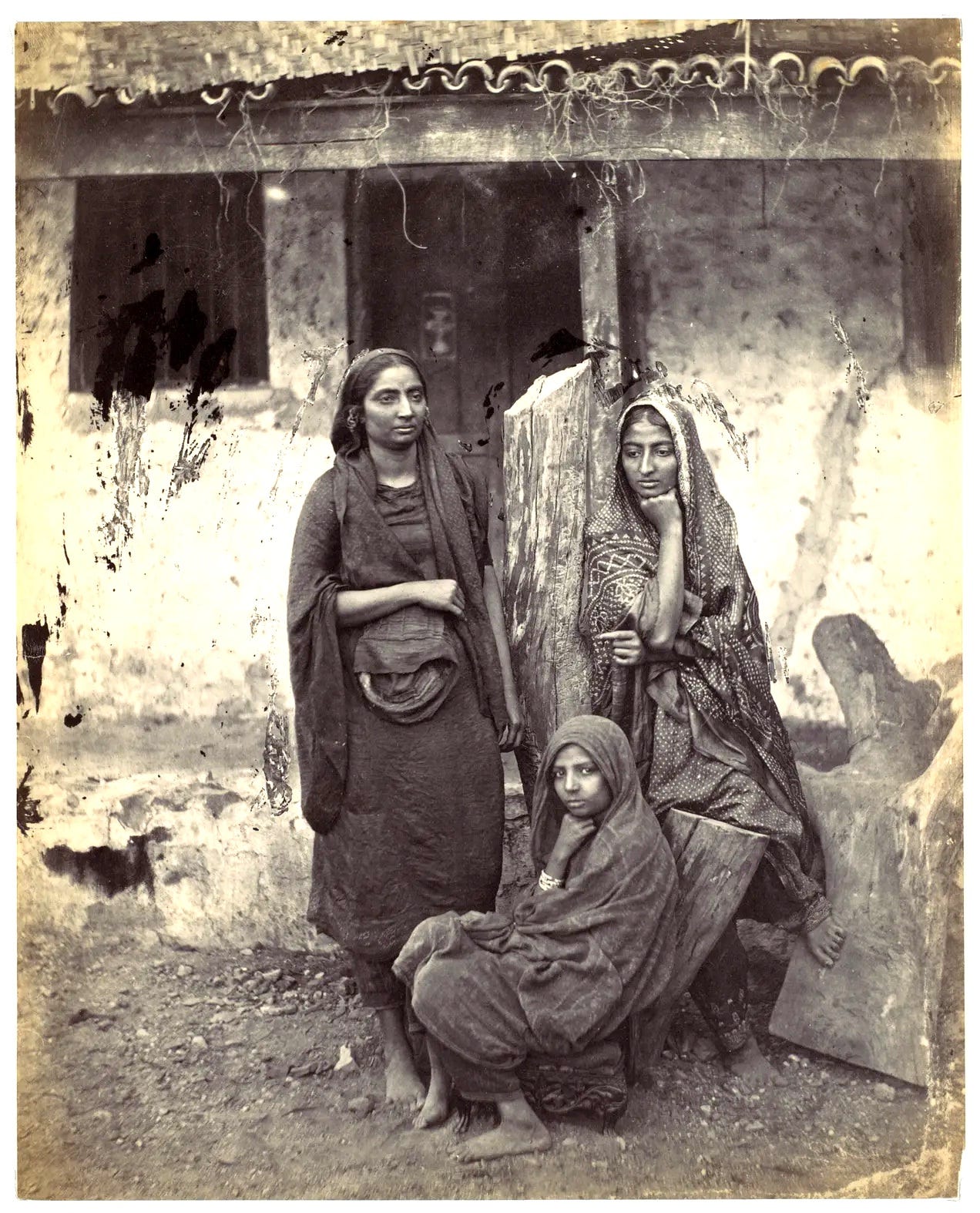Welcome to the Brown History Newsletter. If you’re enjoying this labor of love, please do consider becoming a paid subscriber. Your contribution would help pay the writers and illustrators and support this weekly publication. If you like to submit a writing piece, please send me a pitch by email at brownhistory1947@gmail.com.
Don’t forget to check out our SHOP and our Podcast.

Recommended Reads:
Witch-hunts: Atrocities from past and present-day India
In India, witch hunts remain rampant- both as superstition and a tool of oppression against marginalized women.
“I used to dream about the time I had dignity in my life,” frail-looking Anaben Pawar says in the early scenes of the short documentary film “Testimony of Ana”. “I also have nightmares about the time they stole my dignity,” she continues.
Anaben is one of the thousands of women who have suffered torture and in many cases lynchings after being accused of witchcraft in India. According to the country’s National Crime Bureau, there were 1500 murders related to witchcraft accusations between 2010 and 2021. But these are just the cases that were reported and accounted for. The actual scale of casualties caused by this superstition is likely to be much greater than is enumerated in state and private documents.
In 2022, I traveled to Kenya - to investigate an ACLED report that noted a significant rise in witch-hunts in Africa for The Economist. I found that more often than not, accusing someone of being a witch was a way of settling scores amongst disgruntled neighbors, a way to grab property from unwieldy family members, and a threat that would get contrarians to tie a societal line.







